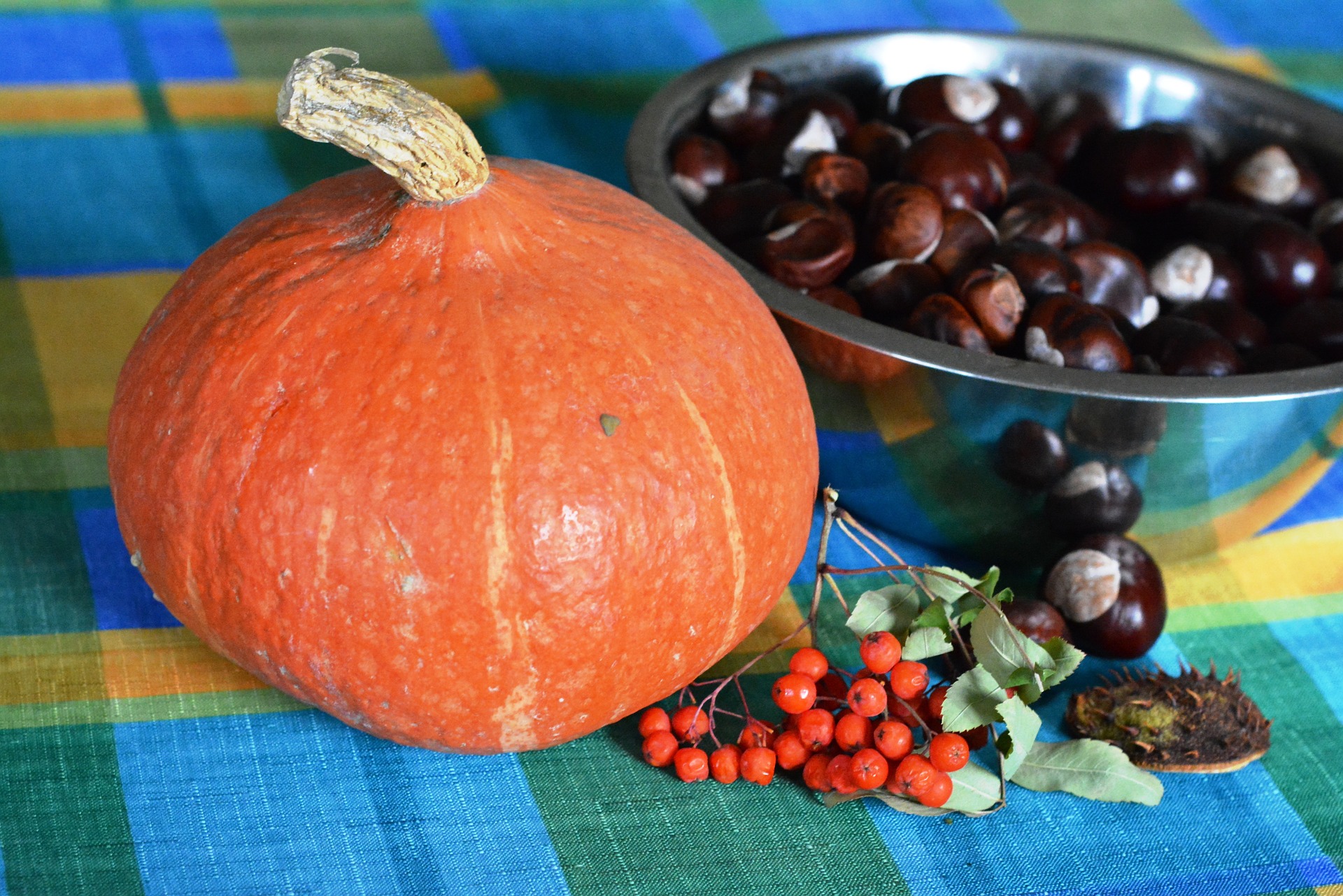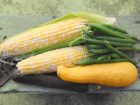Chestnuts are beautiful, stately trees that have delicious protein-rich nuts that are great for feeding people and wildlife. There are twelve species of chestnuts worldwide, the most well know of which are the European Sweet Chestnut (Castanea sativa), the Japanese Chestnut (Castanea crenata), the Chinese Chestnut (Castanea mollissima), and two North American species Castanea dentataand Castanea pumila.
In North America two distinct, native species, the American Chestnut (Castanea dentata) and the Allegheny Chinkapin (Castanea pumila), once dominated the hardwood forests in much of the Eastern U.S. In the early 20th century American Chestnuts began suffering from an imported fungus from Asia known as Chestnut blight (Cryphonectria parasitica). The blight quickly attacked all trees and by 1950, most were dead or dying. Despite this, American Chestnuts continue to hang on, but with a very shortened life span. Over the years, a few trees sprouted from nuts have lived long enough to grow large and produce nuts of their own, keeping the species from extinction. Others have survived by sending up new shoots from the roots after the main trunk has been infected, but most of those too eventually die back. The American Chestnut, in it’s 19th century genetic form, IS expected to become extinct. But the fact that some trees can live long enough to produce viable seed, will make this a long, slow process, perhaps several hundred years.

Old-growth chestnut trees in North Carolina around 1909/1910. (Forest History Society, Durham, North Carolina)
Breeding programs have been underway for years now to produce an American Chestnut that is resistant to blight. Through cross-breeding with blight-resistant Chinese Chestnuts, The American Chestnut Foundation (TACF) now offers a “Restoration Chestnut” which is still being tested and improved for blight resistance. This hybrid chestnut is said to have blight resistance but is nearly identical in form, growth rate and wood quality to the pure American Chestnut. However, to grow it requires the purchaser to enter into “The Germplasm Agreement” which prohibits the sale or transfer of pollen or nuts from these trees, i.e.. no commercial production.
There is also ongoing work led by The College of Environmental Science and Forestry of the State University of New York in Syracuse with genetic modification and development of a transgenic species (Darling 4) that is resistant to blight. A nearly $6 million project to map the chestnut genomeis underway. There are several GM chestnuts already planted in several locations.
Amazingly, there are some very old chestnut trees still standing, that appear to be at least slightly resistant to blight. Fred Hebard, one of the leading experts on American Chestnuts, has grafted scion wood from some of these old-timers onto the rootstock of pure seed. This technique, like crossbreeding, can take quite a while for good blight-resistance results, and is an ongoing process.

Remnant Chestnut Tree in Ohio
Though this invasive blight has changed the deciduous forests of the eastern U.S. drastically in the last 100 years, is it so incredible to think that the American Chestnut could rise again on it’s own, without human intervention? Projects to count seedlings in forest areas have turned up thousands of tiny seedling trees (some over 60 years old!), waiting for the right light in the canopy to burst skywards.

More info:
Similar Stories:
- Health and Environmental Hazards of GMOs: An Annotated Bibliography.
- Chestnut Season
- The Shelf Life of Seeds
- The Life Cycle of a Peach Tree
- The Low-Down on Bean and Pea Inoculant




